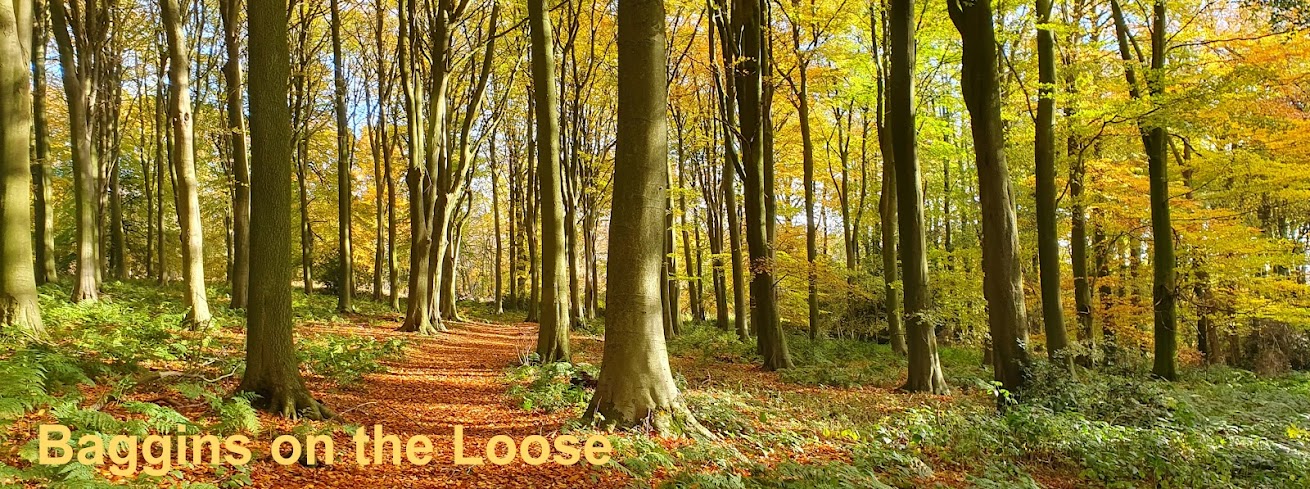So after the trials and tribulations of my aborted trip to the
Somerset Levels and all the domestic 'busyness' surrounding my house sale, it was time to take a breather and head off in the new van.
My good friend Robin was free and came along for the ride and good news about my regular walkabout pal Mark .. he's gonna walk again!
 |
| The new van! |
I Haven't been to
Norfolk for nigh on 15 years so reckoned it was time to revisit and the plan was to split 5 days (Mon - Fri) between the
North Norfolk coast and the
Broads, chill out with my guitar, Rob's cahon, the local flora n fauna and test drive the van that will be my roving home for a while once my house is sold.
Thankfully, large chunks of
Norfolk are still a relative backwater in the UK (and I mean that in the nicest possible way)... few major access roads and lots of narrow winding ones - perfect! In short we had a cracking few days and with both of us snapping away far too much material for one post so here's the first of 3 or 4, starting bizarrely with our last port of call on the way back .... who needs order in the natural world!
Snettisham & The WashOne of the largest estuaries in the UK with
Norfolk on one side and
Lincolnshire on the other, this is more than just a vast expanse of mud. Its a designated SPA (special protected area) and home to countless wading birds, ducks and geese, especially during the winter when its estimated that some 400,000 may be present at any one time (more info here -
The Wash ).
 |
| Greylag Geese with chicks, Snettisham |
The few hours we spent at
Snettisham RSPB reserve were bathed in sunshine and the wet and wonderfully lush meadows that border the reserve were teeming with bird and insect life with many chicks taking their first steps.
The bushes were full of the sound of scratchy
Common Whitethroats plus at least 2
Lesser Whitethroats, Reed Buntings and pleasingly good numbers of
Linnets. |
| Female Linnet, Snettisham |
 |
| Female Reed Bunting with bugs in its beak, Snettisham |
 |
| Cuckoo calling from a way off, Snettisham |
Cuckoos seem to me to have made a mini revival this year, we heard and saw many in
Norfolk and back on my own patch one has been calling from my neighbourhood for the past week. This was a distant shot but came out ok and typical 'wings down' pose is shown off a treat here.
 |
| Brown Argus, Snettisham |
The sun brought out the butterflies and amongst the brilliant
Common Blues we spotted a handful of the locally scarce
Brown Argus ... rubbish pic but hey it was a first for me so had to include it as a record!
The
Blues were far easier, nonetheless this isn't far off as good as it gets of a nice bright male ... corker of a shot Rob!
 |
| Common Blue, Snettisham (pic by Robin Marrs) |
Snettisham is renowned for the huge gatherings of migrating waders that gather there to feed on the mud and perform their spectacular aerial displays as they follow the tides .... this mighty fine pic, one of
Chris Gomersall's (RSPB), gives you a fair idea!
We weren't blessed with such numbers!
 |
| Oystercatchers, Snettisham |
...... but we were treated to some spectacular views across the
Wash at low tide with a heat haze making distant
Lincolnshire look rather more interesting than it actually is!
 |
| The Wash, from Snettisham towards the Lincolnshire coast. |
 |
| Common Shelduck, Snettisham |
and in the foreground those little white blobs you can just about make out are lots of these - we estimated close on 800
Shelduck resting up on the mudflats! Also spied a couple of summer plumage
Grey Plovers when I zoomed in on some of these pics.
The vistas here are big and bold, typical 'estuary meets saltmarsh' you see around our coast I suppose, but here in Norfolk the surrounding fields seem more natural, lusher, less intensively farmed maybe, more 'hay rich' certainly and the consequent abundance of wildlife was very very obvious.
 |
| Young bucks (Roe deer?) with Greylag Geese, fields around Snettisham. |
Next and coming up soon is Sandringham / Dersingham Bog and Cley Marshes











 Sadly the Wood Sandpiper (best bird of the day!) flew off before anyone had a chance to photograph it but I did get a distant shot of some of the Little Stints that were also present from this hide.
Sadly the Wood Sandpiper (best bird of the day!) flew off before anyone had a chance to photograph it but I did get a distant shot of some of the Little Stints that were also present from this hide. 














































